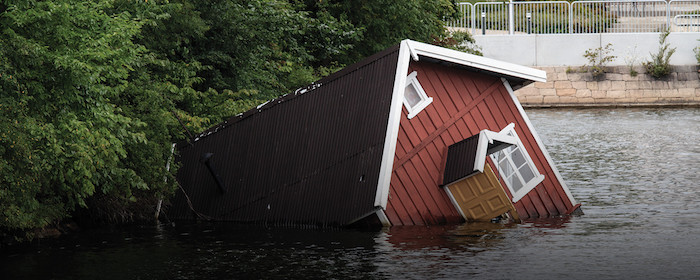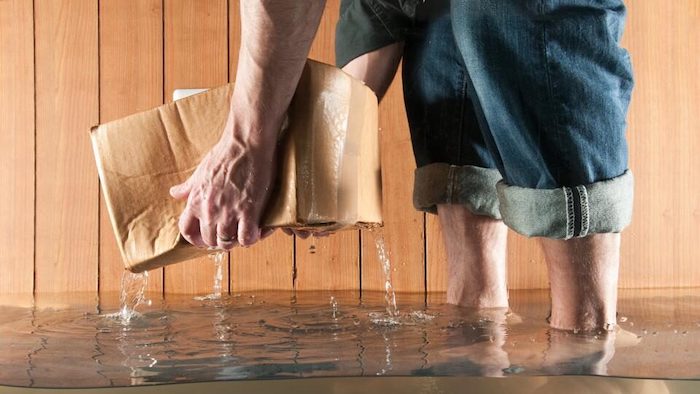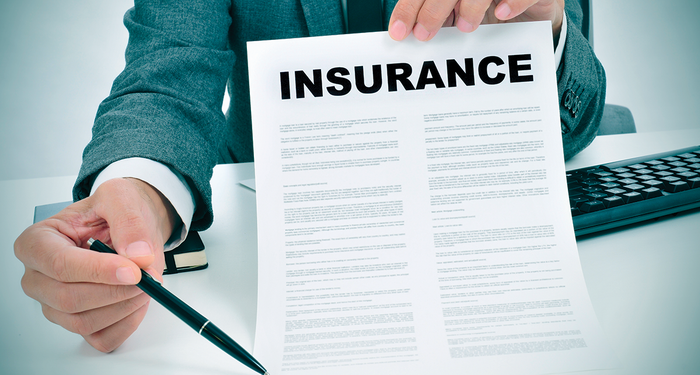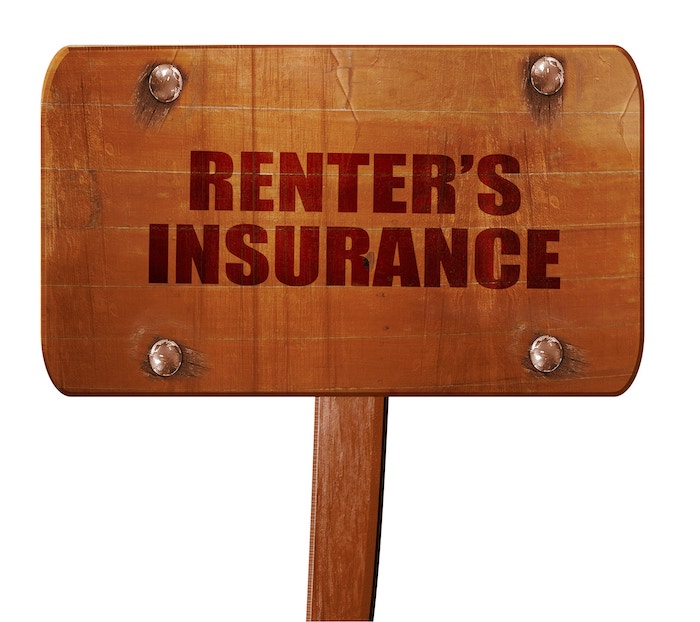Floods are natural disasters that can cause significant damage to homes and properties. Homeowners who live in high-risk flood areas are at an increased risk of experiencing flood damage. Flood insurance is crucial for homeowners living in areas prone to flooding. Thus type of insurance can help homeowners protect their property, reduce the financial burden of flood damage, and recover faster after a flood.
What is flood insurance?
Flood insurance is a type of insurance that provides coverage for flood damage. It covers damages caused by flooding, such as damage to the home’s structure and personal property. Flood insurance is separate from homeowner’s insurance policies and must be purchased separately.
Types of flood insurance policies
There are two types of flood insurance policies: standard and excess flood insurance. Standard flood insurance policies are offered through the National Flood Insurance Program (NFIP) and cover up to $250,000 for the home’s structure and up to $100,000 for personal property. Excess policies provide additional coverage beyond the limits of standard flood insurance policies.
The National Flood Insurance Program (NFIP) and private flood insurance options
The NFIP, a federal program, offers flood insurance to homeowners residing in high-risk areas through its network of participating insurance companies. Private insurers may also offer flood insurance alternatives.
What areas are considered high risk for flooding?
Areas that are prone to flooding are considered high-risk areas. High-risk areas are typically located near bodies of water, such as rivers, lakes, and oceans. Areas located in low-lying areas or areas with a history of flooding are also considered high-risk areas.
How to determine your property’s flood risk
Navigating flood risk can be a daunting task for homeowners. Fortunately, the Federal Emergency Management Agency (FEMA) has made available an indispensable tool to help discern one’s vulnerability to flooding hazards: flood maps. These highly detailed topographic renderings provided by FEMA serve as a cartographic representation of areas susceptible to inundation, aiding homeowners in determining if their property is within a high-risk flood zone. By analyzing the complex data provided in FEMA flood maps, homeowners can gain a nuanced understanding of the flood hazard potential for their particular locale, enabling them to take appropriate action to mitigate the risks associated with flooding.
The cost of flood insurance in high-risk areas
Numerous variables affect the cost of flood insurance in high-risk areas, making it a pricey proposition. Property location, value, and coverage level all factor into the calculation. Due to the increased likelihood of catastrophic floods in high-risk areas, insurance rates tend to be considerably higher than in low-risk areas. Homeowners must carefully assess their options and make informed decisions to safeguard their assets in the event of a catastrophic flood.
Benefits of having flood insurance in high-risk areas
Flood insurance is valuable in high-risk areas, providing numerous benefits. It can protect property, ease the financial burden of flood damage, and speed up recovery efforts. Homeowners with flood insurance enjoy peace of mind, avoiding costly repairs and replacements that are especially common in high-risk flood areas.
Flood insurance coverage limits and exclusions
Flood insurance coverage limits vary depending on the type of policy and the level of coverage. Standard flood insurance policies provide coverage for up to $250,000 for the structure of the home and up to $100,000 for personal property. Excess flood insurance policies provide additional coverage beyond the limits of standard flood insurance policies. Flood insurance policies typically exclude certain types of damage, such as damage caused by mold or mildew.
Making a flood insurance claim
In the event of a flood, homeowners with flood insurance should file a claim as soon as possible. To file a flood insurance claim, homeowners should contact their insurance provider and provide documentation of the flood damage. Homeowners should also document the damage to their property, including taking photographs and making a list of damaged items.
How to purchase flood insurance
Homeowners can purchase flood insurance through the National Flood Insurance Program (NFIP) or through private insurance companies. To purchase flood insurance, homeowners should contact their insurance provider or visit the NFIP website.
Steps to take to minimize flood damage
There are several steps that homeowners can take to minimize flood damage, such as elevating their homes, installing flood vents, and sealing their home’s foundations. Homeowners can also create a flood preparedness plan and store important documents and valuables in a safe place.
Alternatives to flood insurance
In the event that a homeowner resides in an area that is not considered high-risk for flooding, they may find themselves pondering alternative coverage options. One viable option for such homeowners is to consider appending an endorsement to their existing homeowner’s insurance policy to provide supplementary coverage for flood-related damages. This alternative approach can offer a more affordable solution for those who do not reside in high-risk areas yet still wish to protect themselves against the financial impacts of potential flooding. Homeowners should exercise due diligence when exploring their options and select the coverage that best suits their unique needs and budget.
How to get help if you experience a flood
Homeowners who experience a flood can seek help from a variety of sources, such as their insurance provider, the Federal Emergency Management Agency (FEMA), and local disaster relief organizations. Homeowners should also take steps to ensure their safety and the safety of their loved ones in the event of a flood.
FAQs:
Q: Is flood insurance required for homeowners in high-risk flood areas?
A: For homeowners residing in high-risk flood areas, the need for flood insurance can be a perplexing matter. Although it is not always a requirement, it is strongly recommended that homeowners procure flood insurance coverage to safeguard their assets against the ravages of flooding. In some cases, a homeowner’s mortgage lender may stipulate that flood insurance must be obtained as a condition of the loan, further underscoring the importance of such coverage. Even if flood insurance is not mandated, it can be an invaluable layer of protection against the devastating financial losses that can result from flooding. Taking the time to evaluate the potential flood risk and considering the benefits of flood insurance coverage is a wise investment in protecting one’s property and peace of mind.
Q: Can homeowners purchase flood insurance from private insurance companies?
A: Yes, homeowners can purchase flood insurance from private insurance companies. However, it is important to note that private flood insurance may not offer the same level of protection as the National Flood Insurance Program (NFIP). Homeowners should carefully research their options before purchasing flood insurance from a private insurance company.
Q: How much does flood insurance cost in high-risk areas?
A: Determining the cost of flood insurance in high-risk areas is a complex undertaking and is contingent upon an array of factors that can be confounding to homeowners. The location and value of the home, the level of coverage required, and the type of policy selected all contribute to the final cost of flood insurance. It is important to note that while the average annual cost of flood insurance in high-risk areas hovers around $700, this number is only a generalization, and the actual cost can fluctuate dramatically depending on individual circumstances. Whether the cost of coverage is higher or lower than the average depends on a plethora of factors, including the specific flood risk of the locale, the value of the home and property, and the type of coverage selected. Homeowners must be prepared to explore their options carefully to ensure that they are obtaining the most appropriate and cost-effective flood insurance coverage for their needs.
Q: Does flood insurance cover all types of flood damage?
A: Flood insurance typically covers damage caused by rising water and overflowing bodies of water, such as rivers and lakes. However, flood insurance policies may not cover damage caused by sewer backups, groundwater seepage, or other types of water damage. Homeowners should carefully review their flood insurance policy to understand what is and is not covered.
Q: What steps can homeowners take to minimize flood damage to their property?
A: Homeowners can take several steps to minimize flood damage to their property, including elevating their home above the floodplain, installing flood vents, sealing their home’s foundation, and creating a flood preparedness plan. Homeowners should also consider storing important documents and valuables in a safe place, such as a waterproof and fireproof safe or a safe deposit box.




